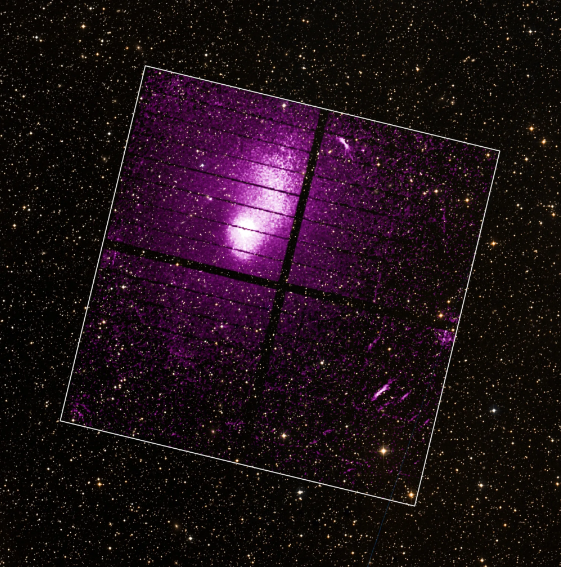In collaboration with NASA, Japan's XRISM (X-ray Imaging and Spectroscopy Mission) observatory has provided an early glimpse into the hidden X-ray sky via the unprecedented data it will collect when full-scale science operations commence later this year.
The XRISM mission, led by the Japan Aerospace Exploration Agency (JAXA) in partnership with NASA and contributions from the European Space Agency (ESA), was launched last September 6 with the goal of exploring the X-ray cosmos.
"XRISM will provide the international science community with a new glimpse of the hidden X-ray sky," said Richard Kelley, the US principal investigator for XRISM at NASA's Goddard Space Flight Center in Greenbelt, Maryland.
"We'll not only see X-ray images of these sources, but also study their compositions, motions, and physical states," he added.

Resolve Captures a Supernova Remnant
The observatory, equipped with two science instruments named Resolve and Xtend, recently released a preview of its capabilities.
Developed collaboratively by NASA and JAXA, Resolve is a microcalorimeter spectrometer functioning within a liquid helium container, operating at temperatures just slightly above absolute zero.
In the presence of an X-ray, Resolve's detector experiences a proportional warming corresponding to the energy of the X-ray, providing unparalleled insights into the source.
This advanced instrument was deployed to examine N132D, a supernova remnant situated in the Large Magellanic Cloud. The obtained X-ray spectrum revealed peaks associated with various elements, shedding light on the object's composition, temperature, density, and motion.
Brian Williams, NASA's XRISM project scientist, explained the significance of Resolve, saying, "Resolve will allow us to see the shapes of these lines in a way never possible before, letting us determine not only the abundances of the various elements present but also their temperatures, densities, and directions of motion at unprecedented levels of precision."
"From there, we can piece together information about the original star and the explosion," he added.
Xtend Imager
The second instrument, Xtend, is an X-ray imager developed by JAXA, providing XRISM with a wide field of view and enabling the observation of large areas. Xtend captured an X-ray image of Abell 2319, a galaxy cluster undergoing a significant merger event about 770 million light-years away.
Lillian Reichenthal, NASA's XRISM project manager, expressed satisfaction with the performance of the Resolve instrument, which has surpassed expectations.
Despite an issue with the aperture door covering its detector, which has not opened as planned after several attempts, Resolve is achieving a spectral resolution of 5 electron volts, exceeding the initial goal of 7 electron volts.
XRISM's mission is to explore the most extreme environments in the cosmos using X-ray light. Its primary goal is to transform our comprehension of the hot and energetic universe, focusing on areas such as black holes, clusters of galaxies, compact objects, and the aftermath of stellar explosions.
The mission's broader objectives include contributing to our understanding of the structure and evolution of the universe, the creation and dissemination of heavy elements, and the mechanisms governing the transport and circulation of energy and matter in regions characterized by strong gravity, electromagnetic fields, and shock waves.

ⓒ 2025 TECHTIMES.com All rights reserved. Do not reproduce without permission.




